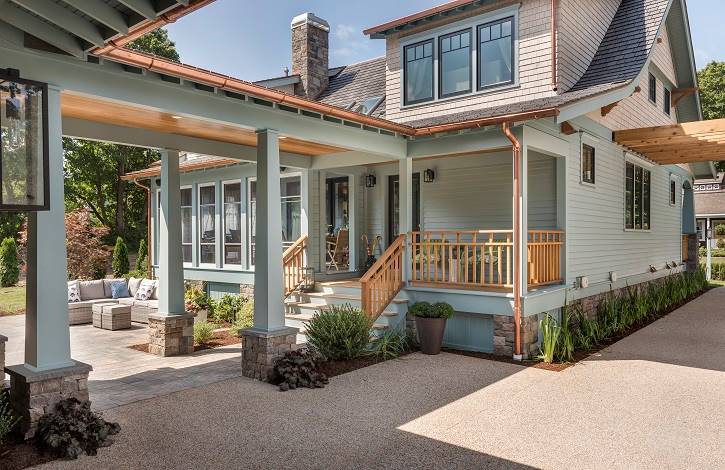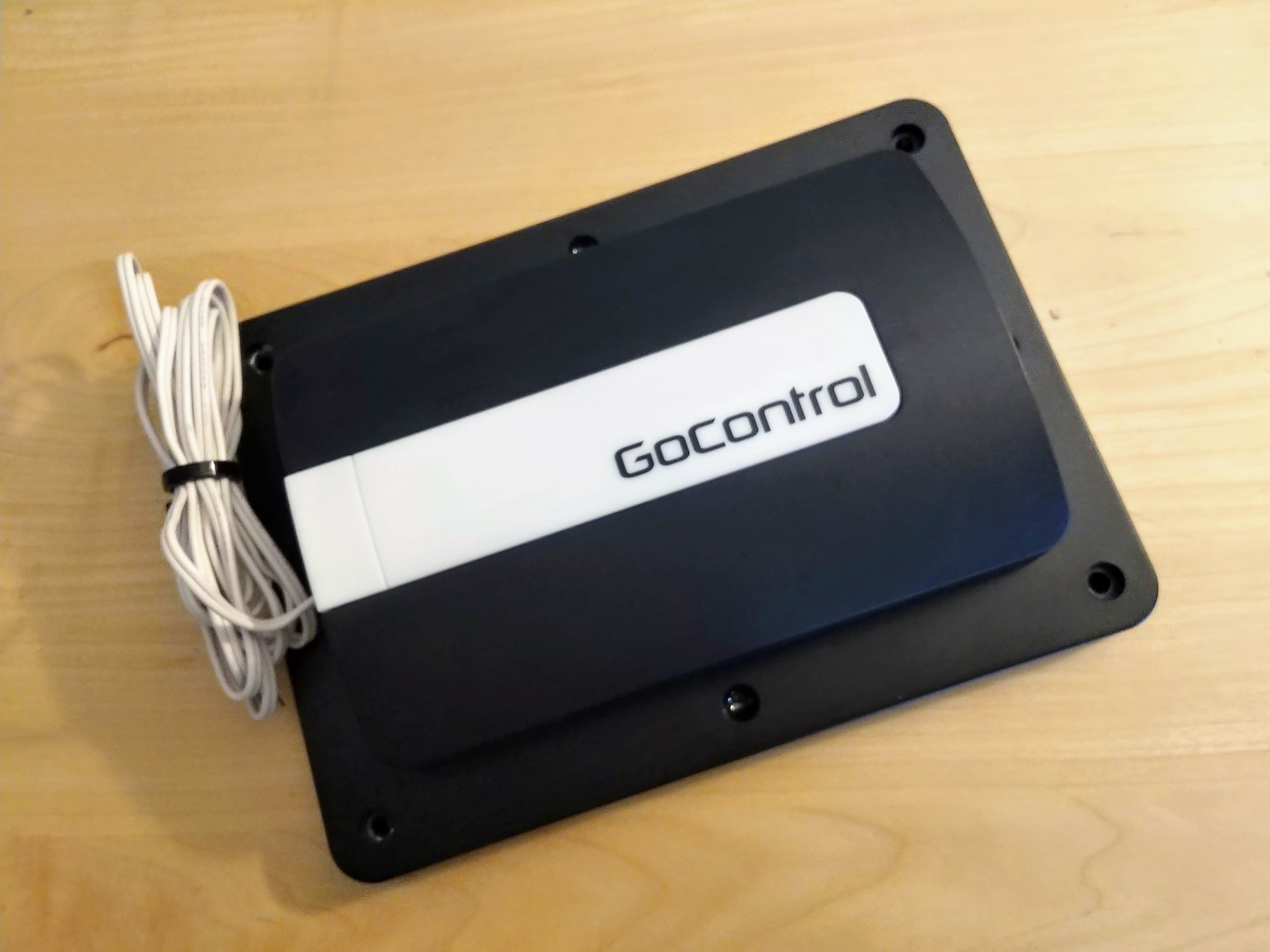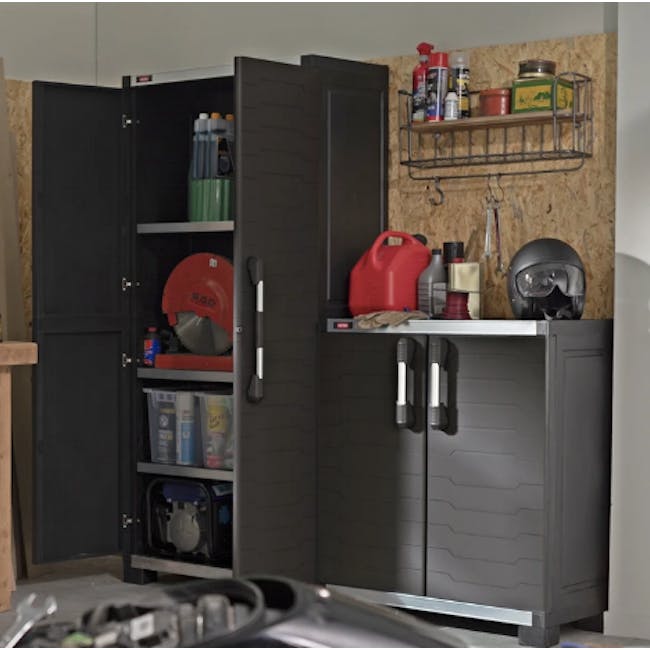
A two-car garage can be a great addition to your home. This type of garage provides a weather-tight place for your vehicles to park and also adds stylish protection. This space can be used for storage or equipment. There are many options available and can be built to suit any home. There are many options for 2 car garage plans to fit your needs, whether you're looking to build a contemporary home or a classic red brick home.
A 24-foot-by-24-foot garage is the best choice for a 2-car garage. It is large enough to store large vehicles and recreational vehicles. A second-floor loft can be added to a two-car garage. These lofts can be used to create a crafting area, media room or even a teenage lair. You can access the second floor via a staircase on the garage floor or the main floor.

Many of these plans offer space for a half-bath or full bath. You can choose a breakfast nook or a family room, in addition to the standard kitchen. Many of these options include a fireplace. These house plans also include side and front access. For those who enjoy outdoor living, some of these plans include patios and decks. You have the option to add a deck, porch or patio depending on the garage's size.
Choosing the right square footage for your two-car garage will depend on the amount of cars, trucks or RVs that you will be storing. The size you need will depend on your needs. However, the average garage is between 400- 576 square inches. It is important that you consider how much storage you need as well as what additional items you need. Also, keep in mind that your garage will be a part of your home, so it should be attractive and blend well with the rest of the design.
You can attach a two-car garage to your house, or you can leave it detached. If you want to keep the garage detached, you may opt to install a garage door on the side of the house or add a garage to the backyard. Your garage can be attached to make it easier to store vehicles and other items. This will also enhance the overall design of your home. Alternatively, you can choose a detached garage, which will provide you with a large amount of storage and parking space, and is easy to access from your home.

Browse through many options online to find the perfect garage for you. To make a garage that is stylish and unique, you can choose from many different finishes and materials. You can also select a plan that includes a loft/second floor, a full bathtub, or a finished apartment.
FAQ
What are the biggest expenses in remodeling a kitchen?
When planning a kitchen renovation, a few major costs are involved. These include demolition, design fees, permits, materials, contractors, etc. Although these costs may seem relatively small, if you take them all together, they can quickly add up. However, when you combine them all, they quickly add-up to become very large.
The most expensive cost is probably the demolition. This includes removing cabinets, countertops and flooring. Then you have to remove the drywall and insulation. Finally, you have to replace those items with new ones.
Next, an architect must be hired to create plans for the space. The permits will be required to ensure the project complies with building codes. The final step is to find someone to carry out the actual construction.
Once the job is complete, you will need to pay the contractor. It is possible to spend anywhere from $20,000 up to $50,000 depending on the size and complexity of the job. It is crucial to get estimates from several contractors before you hire one.
These costs can be avoided if you plan. You might get better deals on materials and even save some time. If you know what needs to be done, you should be able to save time and money during the process.
People often try to install their cabinets themselves. Because they don't have professional installation fees, this is a way to save money. It is often more expensive to have professional installation services. A professional will usually finish a job in half as much time as you would.
Another way to save money is to buy unfinished materials. Pre-finished materials such as cabinets should be inspected before you purchase them. Unfinished materials can be used immediately by you if purchased. And if something doesn't turn out exactly as planned, you can always change your mind later.
Sometimes it is not worth the hassle. It is important to plan your home improvement projects in order to save money.
How long does it take to remodel a bathroom?
A bathroom remodel typically takes around two weeks. However, this varies greatly depending on the size of the project. Smaller jobs, such as adding a shower stall or installing a vanity, can be completed in a day or two. Larger jobs, like removing walls, installing tile floors and fitting plumbing fixtures, may take several days.
It is a good rule to allow for three days per room. If you have four bathrooms, then you'd need 12 days.
Remodeling a kitchen or bathroom is more expensive.
Remodeling a bathroom and kitchen can be costly. But considering how much money you spend on energy bills each month, it might make more sense to invest in upgrading your home.
Small upgrades can help you save thousands of dollars per year. A few small changes, such adding insulation to walls or ceilings, can cut down on heating and cooling costs. Even a small improvement can make a difference in comfort and increase resale.
The most important thing to keep in mind when planning for renovations is to choose products that are durable and easy to maintain. Materials like porcelain tile, solid wood flooring, and stainless-steel appliances will last longer and need fewer repairs than vinyl countertops.
You might also find that replacing old fixtures by newer models can reduce utility expenses. Low-flow showerheads or faucets can help reduce water usage by up 50 percent. Compact fluorescent bulbs can be replaced with inefficient lighting to reduce electricity consumption by as much as 75 percent.
How do I determine if my house requires a renovation or remodel?
First, look at how recent your home has been renovated. It may be time for a renovation if your home hasn't been updated in a while. However, a remodel might be the best option for you if your home seems brand-new.
Your home's condition is also important. It's possible to renovate your home if there are holes in the walls, peeling wallpaper or damaged tiles. It's possible to remodel your home if it looks good.
You should also consider the overall condition of your house. Does it have a sound structure? Are the rooms clean? Are the floors clean? These are essential questions to consider when choosing the type of remodeling you want.
What should I do with my current cabinets?
It all depends on if you are thinking of selling or renting your home. You'll need to remove the cabinets and refinish them if you plan to sell. This gives buyers the impression that they're brand new and helps them envision their kitchens after moving in.
However, if you want to rent your house, you should leave the cabinets alone. Many tenants complain about cleaning up after their previous tenants, including greasy fingerprints and dirty dishes.
The cabinets can be painted to look fresher. Make sure to use high-quality primers and paints. Low-quality paints are susceptible to fading over time.
How much would it cost to gut a home vs. how much it cost to build a new one?
The process of gutting a house involves removing all contents inside the building. This includes walls, floors and ceilings, plumbing, electrical wiring and appliances. Gutting is done when you want to make some modifications before moving in. It is often very costly to gut a home because of all the work involved. Depending on your job, the average cost to gut a home can run from $10,000 to $20,000.
A builder builds a home by building a house frame-by-frame, then adds doors, windows, doors and cabinets to the walls. This usually happens after you have purchased lots of lands. Building a home can be cheaper than gutting. It usually costs around $15,000-$30,000.
It comes down to your needs and what you are looking to do with the space. If you want to gut a home, you'll probably need to spend more because you'll be starting over. If you're building your home, however, you don't have to tear everything down and start over. You can design it yourself, rather than waiting for someone else.
Statistics
External Links
How To
How to Install Porch Flooring
It is very simple to install porch flooring, but it will require planning and preparation. The easiest way to install porch flooring is by laying a concrete slab before installing the porch flooring. You can also lay a plywood deckboard if you don't have access to concrete slabs. This allows you install the porch flooring easily without needing to make a large investment in a concrete slab.
Installing porch flooring requires that you secure the plywood subfloor. Measure the porch width and cut two pieces of wood to fit the porch. These should be placed on each side of the porch. Next, nail them into place and attach them to the walls.
After attaching the subfloor to the surface, prepare the area where the porch flooring will be installed. Typically, this means cutting the top layer of the floorboards to size. Finish the porch flooring by applying a finish. A common finish is a polyurethane. You can also choose to stain your porch flooring. Staining your porch flooring is much simpler than applying a final coat of paint. After the final coat has been applied, you will only need to sand it.
Now you are ready to put in the porch flooring. Next, mark the spot for your porch flooring. Next, cut your porch flooring to the desired size. Set the porch flooring on its final place, and secure it with nails.
Porch stairs can be added to porch flooring to increase stability. Porch stairs are made of hardwood, just like porch flooring. Some people like to install their porch stairs before they install their porch flooring.
Once you have installed your porch flooring, it is time to complete the project. First, you must remove the porch flooring and replace it with a new one. Next, remove any debris. You must take care of dirt and dust in your home.